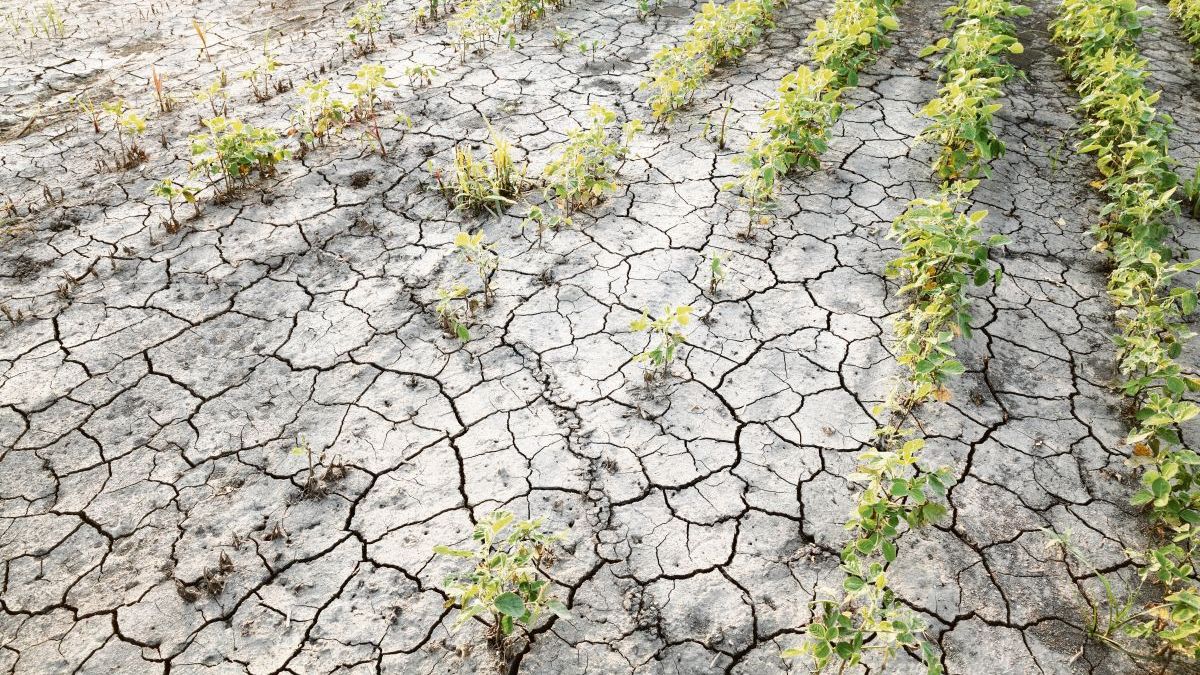However, immediately, the income of dollars from the farm would accumulate less than US$3,000 million in the first quarter, the lowest figure in 16 years.
Encouraging news for the economy in the medium and long term. According to the latest report from the Rosario Stock Exchange, the drought that profoundly affected the past wheat campaign and the current soybean and corn season has come to an end. From this context, a window of hope opens for producers to plan the next agricultural cycle -with normal rains that will take place this autumn- and for the income of foreign exchange to normalize, yes, only by the end of the year.
The content you want to access is exclusive to subscribers.
“The worst drought in Argentina in at least the last 60 years has come to an end. The last day of summer was the first day of a new script for the Argentine climate. The high pressure center that had been limiting the development of storms from the east center of the country finally moved. The storms that developed between March 19 and 28 left very good coverage and significant accumulations in the center of the Pampas region”, explains the Strategic Guide for Agriculture (GEA), produced by the Rosario Stock Exchange.


Meanwhile, the determining fact is that counting on normal rains this autumn is key for the next fine season (wheat and barley that will begin to be planted in the coming months) and also for the 2023/24 coarse season. That is to say, for future foreign exchange earningshand in hand with a better agricultural campaign and of course sustained prices, It could only be normalized by the end of this 2023.
For now, In the immediate future, the inflow of fresh dollars from the field is highly compromised because the extent of the drought in the soybean and corn seasons were more lethal than projected at the beginning of the cycle.. According to the projections of the consultant Javier Preciado Patiño, former Undersecretary of Agricultural Markets of the Nation, the foreign exchange settlement in March could be between US$1,000 and US$1,300 million versus US$2,984 million in 2022.. With the most optimistic number, the income of dollars from the field in the first quarter of the year would not reach US$3,000 millionwhich represents a year-on-year drop of no less than 64% and the worst figure for this period in 16 years. In turn, the collection of export duties would be in the order of 34% of the fiscal mass.
Taking this scenario into account, with the entry of the soybean campaign, the reality would not improve in the medium term. It is that normally from April the economy receives the bulk of the dollars from the soybean and corn harvest, but the production losses of around 50% in the campaign would cut the foreign exchange income of the field by around US$15,000 million, only taking into account what happens with grains and their derivatives. The cutback due to the drought also impacts regional economies and the beef business, which is showing downward international values.
As they explain in the sector, with a much more benevolent climate, the great obstacle that the field and the economy in general will have to overcome in the face of the next agricultural cycle, will be the strong need for financing that farmers will have. It is that logically with a good soybean and corn campaign that item was covered but, going forward the scenario is at least complex and that is where banks and input firms will play a strategic role.
Source: Ambito




